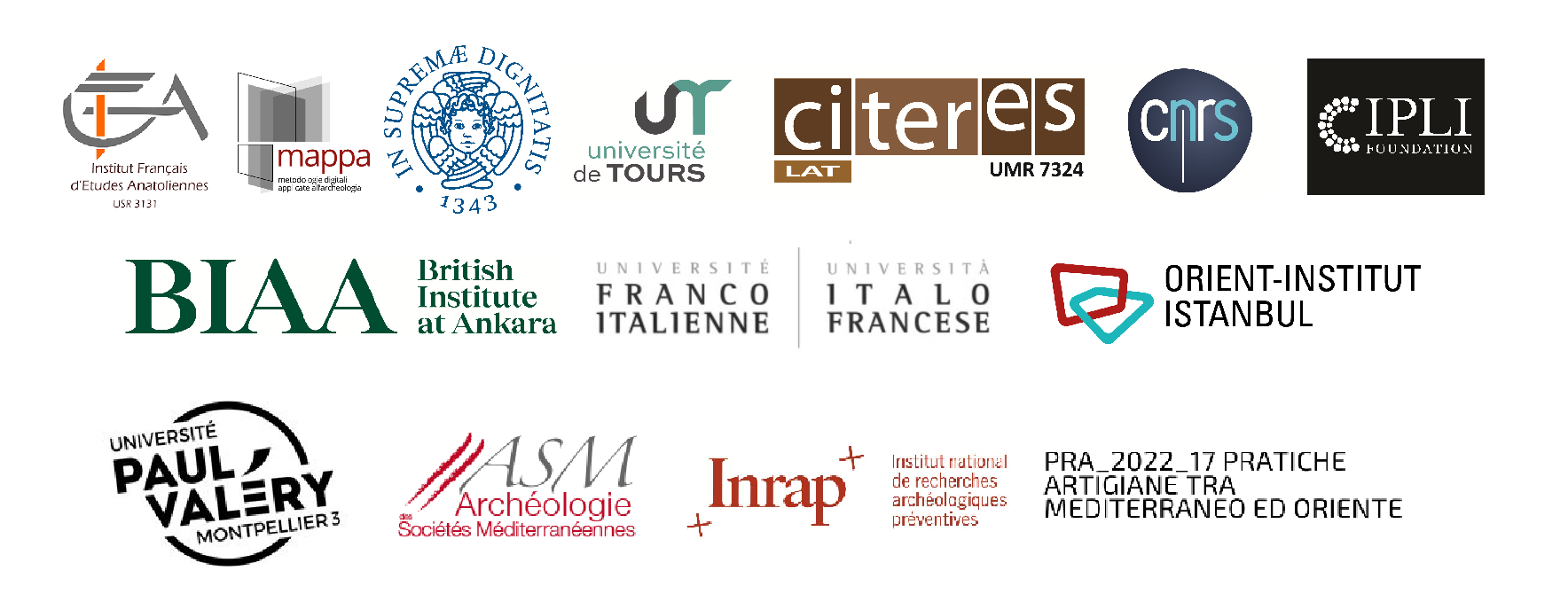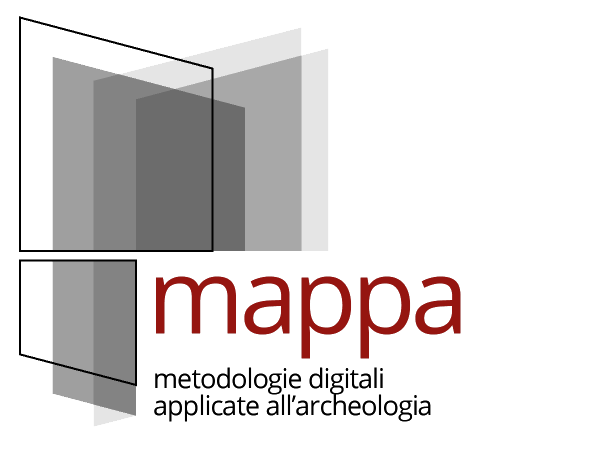The interactions between humans and the rocky substrate have generated engraved landscapes across the globe, manifesting in diverse forms and spanning various epochs. The past human activity of digging rock outcrops produced different features, among which two macro-categories stand out:
– rock-cut spaces linked to human life and death;
– quarries for extracting materials for different purposes.
Although these two categories serve different functions, there are conceptual and physical links between the structures carved into the bedrock and quarry areas. Similarities can be identified in the techniques employed for rock carving and, consequently, in the networks for the transmission of knowledge and know-how. Quarries and rock-cut structures often coexist within the same rock formation, or overlap with one another, creating a complex landscape in which the interaction between human communities and the bedrock is enhanced.
Over the past decade, an international group of researchers has engaged in discussions regarding the methodological and theoretical complexities of investigating stone quarries and rock-cut sites spanning from Prehistory to the present day. The International ReseArch group on quArries and Rock-cut sites (IRAAR), started as a collaborative effort, originating in France, from two distinct research groups: one working on quarries and construction (Séminaires de recherche Carrières et construction, Laboratoire de Médiévistique Occidentale de Paris, Sorbonne Universités, UPMC Université Paris 06) and the other on rock-cut sites (Annual symposium organized in Saint-Martin-le Vieil, Aude).
This conference marks the second gathering of the IRAAR network. The first meeting, held online in 2021, focused on techniques and methods for analyzing carvings, extraction processes and traces of tools left on the rock surfaces. In this second event, the theme broadens to encompass a more extensive exploration of the landscapes and environments surrounding rock-cut structures and stone quarries. The specific discussion in this field of research begins with questions of an archaeological nature but expands to transdisciplinary encounters with connections and hybridisations with anthropology, sociology, geography, geology and ecology.

The event will be hosted at the Orient-Institut in Istanbul (Turkey) from May 23rd to May 25th, 2024.
Four thematic sessions have been outlined:
– The first session will concentrate on enhancing our stratigraphic understanding of the landscape through the study of rock-cut structures and stone quarries. This session provides an opportunity to explore innovative approaches and interpretations of stone material as an intricate archaeological palimpsest. The integration of stone material into the historical landscape is facilitated by digital tools and technologies such as GIS, relational databases, and data models. However, a significant challenge arises in effectively reconciling the temporal dimension (stratigraphy) with the spatial dimension (landscape).
– The second session will assemble researchers specializing in stone ecology and multi-species interactions in carved landscapes. Special attention will be given to ecological considerations and the analysis of multi-proxy data to illuminate the evolving relationships between humans, rocks, animals, and plants over centuries.
– In the third session, the focus will shift to landscape-scale concepts of technical environments and taskscape, drawing on 20th-century anthropological concepts to inform current archaeological research directions. This session will delve into epistemological considerations, examining the articulation, similarities, and differences of notions concerning space and environment.
– The fourth session will delve into cultural sociology and the notion of heritage across various scales. This panel aims to initiate discussions on societal issues by engaging sociologists, researchers in international relations, and geographers.
It will be possible to follow the entire event via streaming at the links below (inscription required).
Please remember that the programme follows the Istanbul time zone (UTC+3).
WATCH IN STREAMING:
23 May: https://zoom.us/meeting/register/tJArcO6vrTIrGN376aCE-4Lp3HTIhnAYLVtw
24 May: https://zoom.us/meeting/register/tJArceyuqDItHtHCo6QhlVeh4ov2-CHw9VZ1
25 May: https://zoom.us/meeting/register/tJElcuGspzgjE9WnEJlCPhdMo1ojGEG-vZLk

